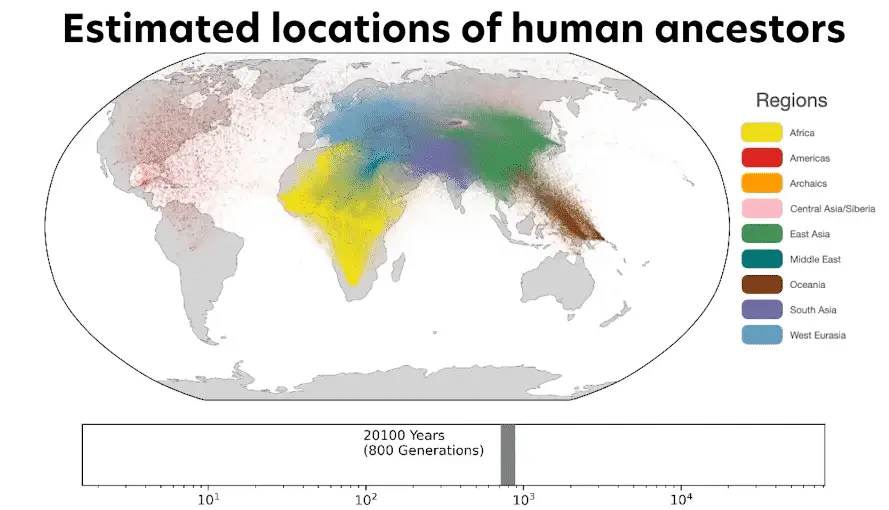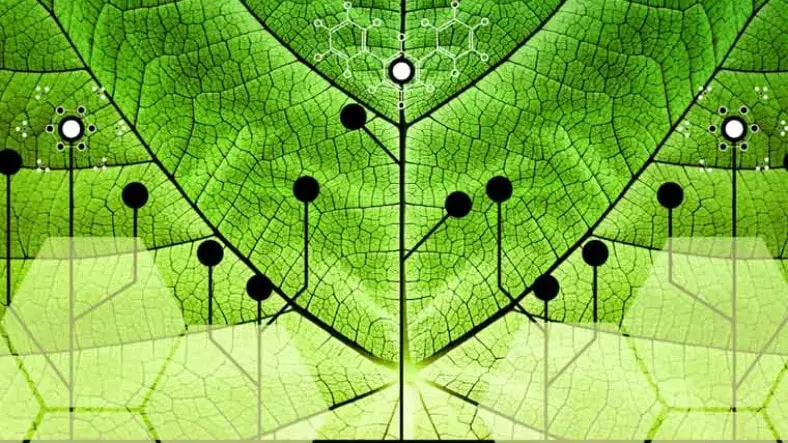Recently, British researchers have compiled the largest family tree in the world. The latter is made up of approximately 27 million people dead or still alive from different parts of the planet.
Old and new genomes
Genealogical research is important insofar as it can help to learn more about the history of humanity. For researchers at the Big Data Institute at the University of Oxford (United Kingdom), it is also a question of understanding how certain people are linked to others from a genetic point of view. In a statement on February 24, 2022, the scientists detailed their results presented as indicating the genetic relationships between humans, in other words a unique genealogy tracing the ancestry of current humans.
The study made it possible to combine old and recent data on human genomes from eight databases of 3,609 people from 215 peoples around the world, some of which are very old. We thus find three Neanderthal genomes, a Denisovan genome and those of a family of four who lived in Siberia more than 4,000 years ago.

27 million common ancestors
The Oxford University team has therefore created the largest family tree in the world, integrating around 27 million people . The researchers discussed the use of algorithms that predicted the presence of these common ancestors in evolutionary trees with the aim of explaining certain patterns of genetic variation. They explain that this mode of mapping can eventually adapt to other living species , including orangutans and bacteria. This technique could prove to be interesting in medical genetics, because it would make it possible to distinguish the real associations between the so-called “genetic” regions and the various diseases of the erroneous connections that could be linked to our common ancestral history.
Additionally, the scientists say their work represents the basis for the next generation of DNA sequencing. As the quality of the genomic sequences of modern and ancient DNA samples improves, it will be possible to improve the family tree and thus attempt to explain the descent of all the human genetic variations existing today. today.
In the meantime, everyone is free to build their own family tree . In most developed country, citizens are rather lucky, because finding their ancestors is not impossible , at least until the 16th century. And for good reason, the State archives are numerous, free and even partly digitized.
Here is an explanatory video published by researchers at the Big Data Institute:




